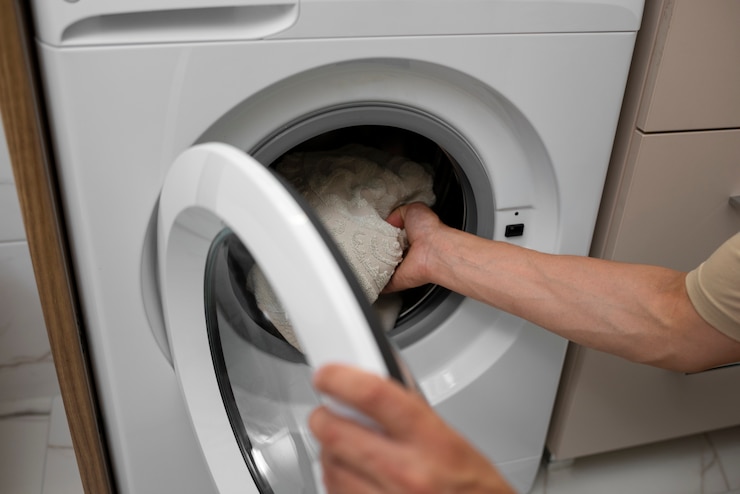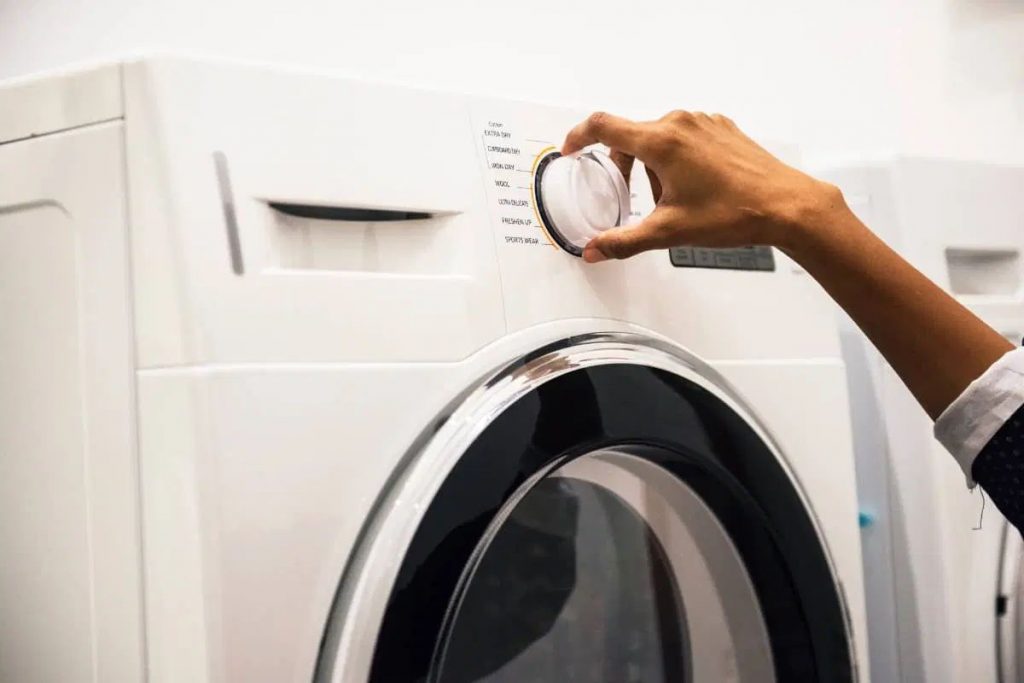Everyone knows washing machines are incredibly convenient appliances. Instead of hand washing them when your clothes are dirty, put them in the washing machine and turn it on. However, washing machines today are vastly different from the past.
Even models manufactured a decade ago can have pretty big differences from modern washers. However, only some know how to use older washing machines.
So, if you have an older washing machine, you may be unfamiliar with its settings. But don’t worry; I have provided everything you need to know.

How to Use Older Washing Machines
You will need to set the settings yourself if you have an older washing machine.
- Select the wash cycle.
- Choose the temperature for the wash cycle.
- Next, you should set the timer.
- Select the load size on the washer.
Setting Up an Older Washing Machine
Older equipment, such as washers and dryers, are more durable and have a longer lifespan. Cost is the simple solution. Companies have developed innovative, less expensive ways to manufacture washers and dryers throughout time.
Modern washers may have more options for washing and drying cycles, a wider range of sensors that can determine how many garments are present, and smart technology, but they also have fewer durable parts.
Older equipment is tougher and more durable. They often last longer than the new washers made today since they were created with materials of higher quality.
This doesn’t imply that there are no high-quality machines on the market now, but it is unlikely that a washer from this era will last for 20 years or more.
Today most washing machines are built to last up to 10 years, or it’s what manufacturers claim. So, if you have an older washing machine that is still functional, you should learn how to use it.
Select the wash cycle
Your washer operates under several programs known as “wash cycles”. They consist of an initial washing cycle, a resting period, a rinse, and a spin to remove the water. If you want your clothes to be thoroughly cleaned, there may be more than one rinse and spin cycle.
Most washers have three cycles: regular (you can also find it labeled as “normal” or “cotton”), permanent press (colors), and delicate.
Some offer a special cycle for comforters or pillows and a hand-wash cycle for more delicate garments.
Read more: How To Fill A Top Loading Washing Machine With Water

Choose the temperature for the wash cycle
Your three options for temperature are typically hot, warm, and cold. Some machines allow you to choose between “warm, cold” or “cold, cold” for the wash and rinse settings.
- A cold wash cycle is appropriate for anything that could shrink or bleed color. The most gentle on clothing is cold water. Cold water uses the least energy because it does not require your washer to use additional energy to heat the water.
- Warm water is for linens like sheets and towels.
- Hot water sterilizes baby garments, diapers, linens, and athletic clothing.
Set the timer
The majority of washing machines feature settings for cycles ranging from 50 minutes to an hour long. The time it takes to wash a load increases with its weight.
However, if your clothes have deeper stains, it is better to use a longer wash cycle regardless of how big the load is.
A good general rule is to increase the cycle time when you have a load that is dirtier than usual.
Select the load size
All you need to do now is pour the detergent on the drawer and put your clothes in the washer’s drum.
Remember to evenly distribute your load, especially if your washing machine is top-loading. Put everything around the agitator, and be careful that none wrap themselves around it.
Next, choose the load size; this setting adjusts the water levels according to the load size. You can choose between small, medium, and large loads and then press the “On” button to start the wash cycle.
Also read: How Does A Washing Machine Water Level Sensor Work
Conclusion
Learning how to use older washing machines is easy if you follow the instructions outlined above. If you own an older washing machine that is still working, you should keep using it instead of buying a new one.
Older washing machines were built to last, so it is not surprising to see some still operating after 25 years.
On the other hand, modern washers are usually built with cheaper materials, making them more prone to breaking down faster.
Overall, I hope you have found the information useful, and now you know everything about using older washing machines.







